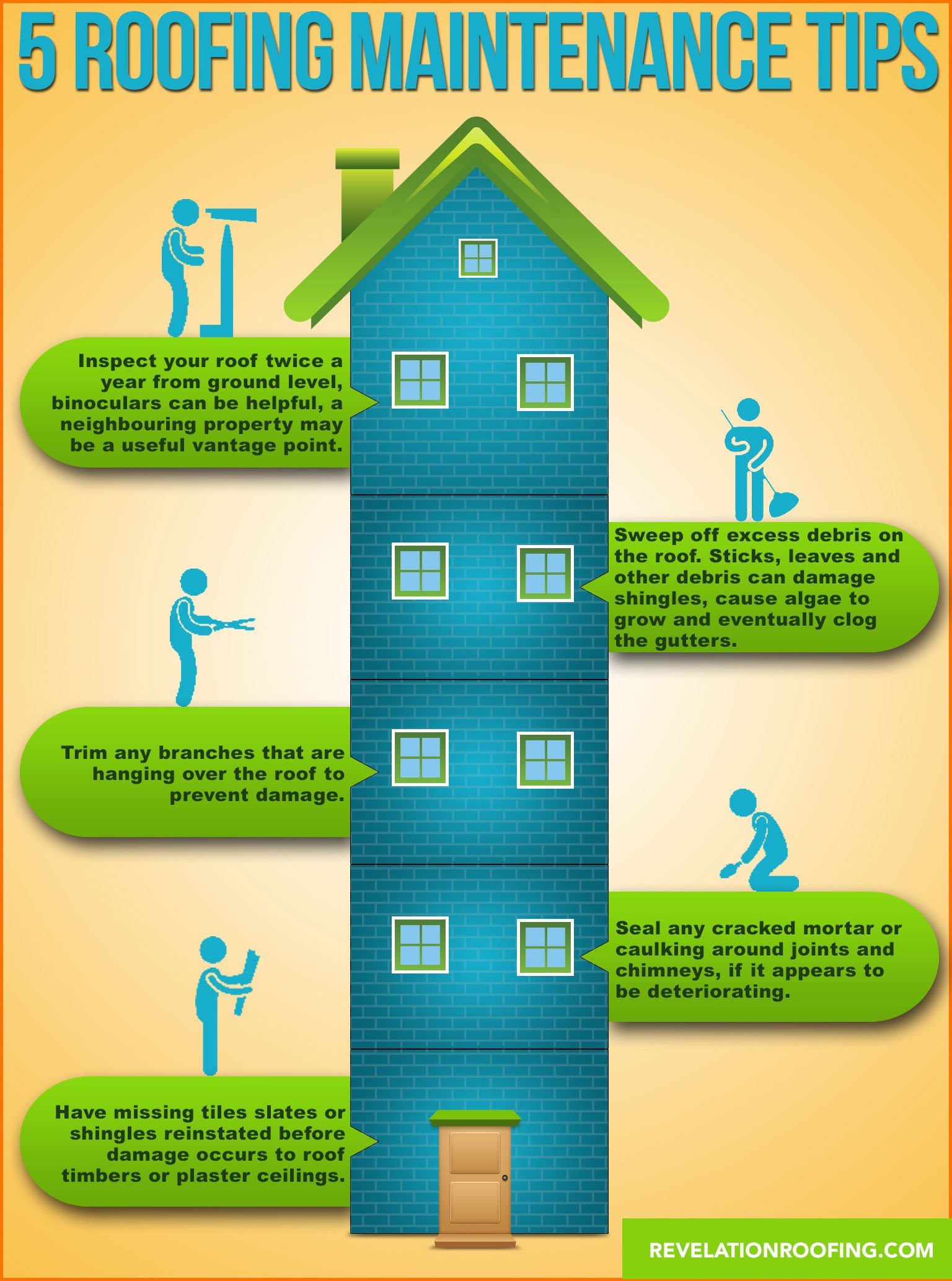The Quest To Find The Most Effective Solar Panel Type For Your Home Starts Below, With Essential Variables Awaiting Discovery - Are You Prepared?
The Quest To Find The Most Effective Solar Panel Type For Your Home Starts Below, With Essential Variables Awaiting Discovery - Are You Prepared?
Blog Article
Created By-Swanson Marquez
When it pertains to selecting the ideal solar panels for your home, the choices can be overwhelming. Each kind supplies distinctive advantages and compromises, making it crucial to establish which factors align best with your objectives. Whether your focus gets on effectiveness, cost-effectiveness, or aesthetics, there's a solar panel kind that can deal with your requirements. So, before you decide, consider the important facets that will influence your solar power system's efficiency and suitability for your home.
Monocrystalline Solar Panels
When considering solar panels, you may stumble upon monocrystalline photovoltaic panels. These panels are known for their high efficiency rates due to their construction from a solitary continual crystal framework. This design permits monocrystalline panels to carry out better in low light problems compared to various other sorts of solar panels. Furthermore, their smooth black look makes them a preferred selection for property installments, assimilating effortlessly with the majority of roofs.
One essential advantage of monocrystalline photovoltaic panels is their room performance. They require less space to generate the exact same amount of electrical energy as various other solar panel types, making them excellent for homes with minimal roofing room.
While monocrystalline panels tend to be a lot more pricey ahead of time, their long-lasting toughness and efficiency usually make them a cost-effective financial investment in the realm of solar power. If you prioritize effectiveness and looks in your photovoltaic panel choice, monocrystalline panels could be the right option for your home.
Polycrystalline Solar Panels
Polycrystalline solar panels, additionally called multicrystalline photovoltaic panels, use an alternate option to monocrystalline panels. These panels are made from silicon crystals that are thawed together, creating a less consistent look compared to monocrystalline panels.
One of the vital benefits of polycrystalline panels is their reduced manufacturing expense, making them an extra budget-friendly choice for property owners seeking to purchase solar energy.
While grants for residential solar panels might have a slightly lower performance rate compared to monocrystalline panels, they still use a reliable and cost-efficient method to produce solar energy for your home. https://solarpanelinvertercost21986.blogvivi.com/29882581/contrasting-solar-energy-companies-what-to-seek-in-prices-warranty-and-service execute well in heats and are a resilient selection for a selection of climates.
If you have a bigger roofing room and are looking to optimize your power production without breaking the bank, polycrystalline panels could be the best choice for you.
When taking into consideration photovoltaic panel options for your home, it's essential to consider the cost-effectiveness and performance of polycrystalline panels versus your power demands and spending plan restrictions.
Thin-Film Solar Panels
Proceeding to Thin-Film Solar Panels, these panels use an unique alternative to standard silicon-based choices like polycrystalline panels. Thin-film panels are lightweight and versatile, making them less complicated to set up on different surface areas like curved rooftops or walls. They're additionally more cosmetically pleasing, assimilating flawlessly with the design of your home.
However, it's essential to note that thin-film panels generally have reduced efficiency rates compared to crystalline silicon panels. This means you might require even more area to produce the same amount of electrical energy.
On https://www.utilitydive.com/news/energy-transition-interconnection-reform-ferc-qcells/628822/ lining, thin-film panels carry out far better in low-light problems and have a reduced temperature coefficient, meaning they can generate more energy on hot days. If you have adequate room and are trying to find a versatile and visually appealing solar panel option, thin-film panels could be an excellent selection for your home.
Conclusion
Finally, when selecting the most effective photovoltaic panel kind for your home, consider your energy needs, spending plan, and space restraints. Monocrystalline panels provide high performance in restricted room, while polycrystalline panels offer a cost-effective choice with trusted performance. Thin-film panels give flexibility and aesthetic allure but may have lower effectiveness rates. By weighing these aspects, you can pick the photovoltaic panel type that finest fits your particular demands.
